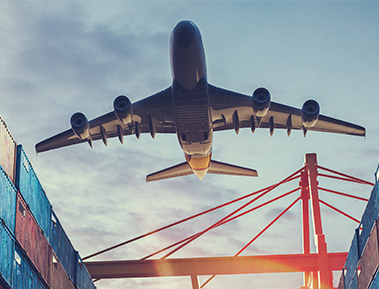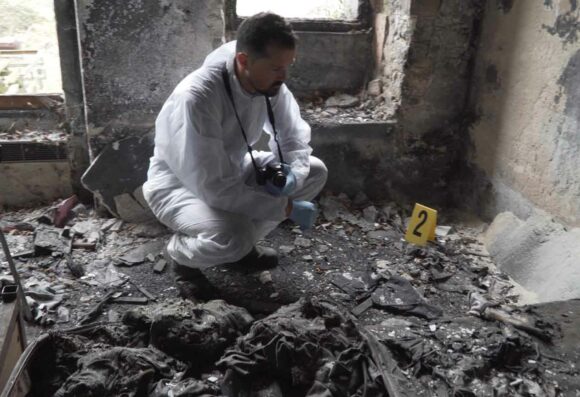Aeronautics, on land or at altitude
With the development of a vast industrial fabric encompassing civil, business and combat aviation, France can count on a cutting-edge aeronautics sector. Today, the sector is faced with numerous challenges, such as the ecological transition, which is forcing all its players to adapt and reinvent themselves. This context is accompanied…
With the development of a vast industrial fabric encompassing civil, business and combat aviation, France can count on a cutting-edge aeronautics sector. Today, the sector is faced with numerous challenges, such as the ecological transition, which is forcing all its players to adapt and reinvent themselves. This context is accompanied by the emergence of new risks which it is crucial to protect against, from the supplier and/or manufacturer of simple elements to the final manufacturer, via the entire supply chain. It is in this context that Stelliant's aeronautical experts intervene in the event of a dispute or claim with a perfect knowledge of the sector.
A versatile aeronautics sector

Aeronautics is a complex sector with its own codes, often made up of a multitude of interlocking companies. In spite of this, the spearhead of the aeronautics industry in the eyes of the general public remains the end-users, the airlines.
However, the majority of aeronautical activities take place on the ground. This is evidenced by the numerous infrastructures such as airports, aerodromes and guidance equipment. In order to have the capacity to produce and maintain aircraft, the aeronautics industry also has industrial sites for the production and maintenance of aircraft.
This network would not be possible without a rich offer of subcontractors intervening in many fields, each bringing their respective skills: general mechanics, metallurgy, assembly, design, testing and transport of material…
To this can be added military aviation, but also leisure aviation with smaller aircraft such as microlights, gliders and, more recently, drones… Aeronautics is therefore characterised by the variety of its players and their interdependence in the chain, where each link has an impact on the others and can therefore be a vector of risk for the entire sector.
The paradox of aviation claims
Aircraft accidents and collisions are the most prominent disasters in aviation. Hard landings, bird collisions, avian perils, flight path errors on the ground…all these scenarios can be envisaged.
Maintenance errors, disputes between operators and subcontractors, delays or loss of baggage are frequent. The aircraft is then grounded, thus losing all profitability for the operator.
Nowadays, in a context of aeronautical technological innovation, new risks have appeared.
Cyber defence has thus become a central issue in aviation, whether military or civil. Cyber incidents can have significant financial implications. An IT failure can lead to business interruption and the resulting loss of operations.
Stelliant’s specialists in the aviation industry are well versed in the management of such claims and can rely on the Group’s multidisciplinary teams in complementary fields.











